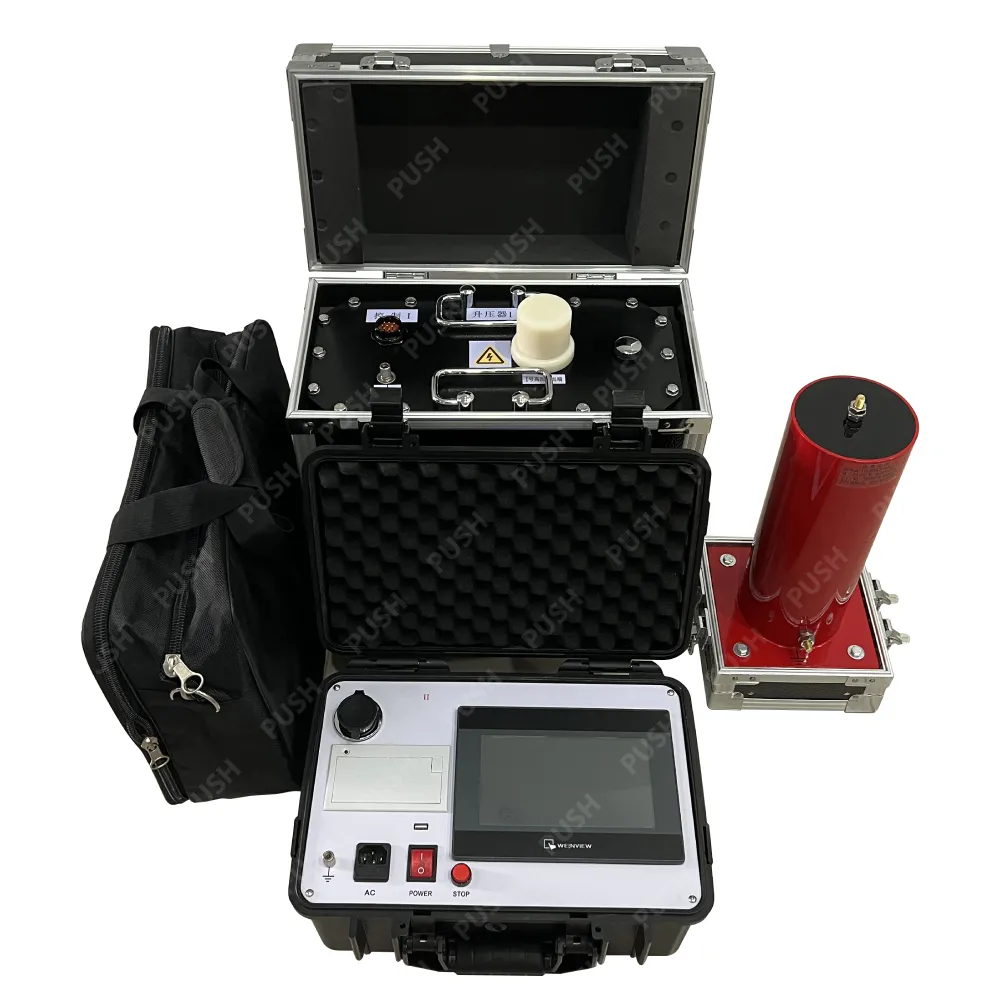 English
English



-
 Afrikaans
Afrikaans -
 Albanian
Albanian -
 Amharic
Amharic -
 Arabic
Arabic -
 Armenian
Armenian -
 Azerbaijani
Azerbaijani -
 Basque
Basque -
 Belarusian
Belarusian -
 Bengali
Bengali -
 Bosnian
Bosnian -
 Bulgarian
Bulgarian -
 Catalan
Catalan -
 Cebuano
Cebuano -
 China
China -
 China (Taiwan)
China (Taiwan) -
 Corsican
Corsican -
 Croatian
Croatian -
 Czech
Czech -
 Danish
Danish -
 Dutch
Dutch -
 English
English -
 Esperanto
Esperanto -
 Estonian
Estonian -
 Finnish
Finnish -
 French
French -
 Frisian
Frisian -
 Galician
Galician -
 Georgian
Georgian -
 German
German -
 Greek
Greek -
 Gujarati
Gujarati -
 Haitian Creole
Haitian Creole -
 hausa
hausa -
 hawaiian
hawaiian -
 Hebrew
Hebrew -
 Hindi
Hindi -
 Miao
Miao -
 Hungarian
Hungarian -
 Icelandic
Icelandic -
 igbo
igbo -
 Indonesian
Indonesian -
 irish
irish -
 Italian
Italian -
 Japanese
Japanese -
 Javanese
Javanese -
 Kannada
Kannada -
 kazakh
kazakh -
 Khmer
Khmer -
 Rwandese
Rwandese -
 Korean
Korean -
 Kurdish
Kurdish -
 Kyrgyz
Kyrgyz -
 Lao
Lao -
 Latin
Latin -
 Latvian
Latvian -
 Lithuanian
Lithuanian -
 Luxembourgish
Luxembourgish -
 Macedonian
Macedonian -
 Malgashi
Malgashi -
 Malay
Malay -
 Malayalam
Malayalam -
 Maltese
Maltese -
 Maori
Maori -
 Marathi
Marathi -
 Mongolian
Mongolian -
 Myanmar
Myanmar -
 Nepali
Nepali -
 Norwegian
Norwegian -
 Norwegian
Norwegian -
 Occitan
Occitan -
 Pashto
Pashto -
 Persian
Persian -
 Polish
Polish -
 Portuguese
Portuguese -
 Punjabi
Punjabi -
 Romanian
Romanian -
 Russian
Russian -
 Samoan
Samoan -
 Scottish Gaelic
Scottish Gaelic -
 Serbian
Serbian -
 Sesotho
Sesotho -
 Shona
Shona -
 Sindhi
Sindhi -
 Sinhala
Sinhala -
 Slovak
Slovak -
 Slovenian
Slovenian -
 Somali
Somali -
 Spanish
Spanish -
 Sundanese
Sundanese -
 Swahili
Swahili -
 Swedish
Swedish -
 Tagalog
Tagalog -
 Tajik
Tajik -
 Tamil
Tamil -
 Tatar
Tatar -
 Telugu
Telugu -
 Thai
Thai -
 Turkish
Turkish -
 Turkmen
Turkmen -
 Ukrainian
Ukrainian -
 Urdu
Urdu -
 Uighur
Uighur -
 Uzbek
Uzbek -
 Vietnamese
Vietnamese -
 Welsh
Welsh -
 Bantu
Bantu -
 Yiddish
Yiddish -
 Yoruba
Yoruba -
 Zulu
Zulu
potentiometric auto titrator
Understanding Potentiometric Auto Titrators A Modern Tool for Accurate Analysis
Potentiometric auto titration is an advanced analytical technique widely used in laboratories to determine the concentration of an unknown solution accurately. This method leverages the principles of potentiometry, where the potential difference between two electrodes is measured to establish the endpoint of a titration reaction. The advent of automatic titrators has revolutionized the analytical process, offering enhanced precision, reproducibility, and efficiency.
The Principle of Potentiometric Titration
At the heart of potentiometric titration lies the concept of electrochemical potential. An automatic titrator employs a reference electrode and an indicator electrode, typically a glass electrode for pH measurements. When a titrant is added to a solution containing an analyte, a chemical reaction occurs, altering the concentration of the ions in the solution. This change in concentration generates a shift in the electrical potential, which is measured by the electrodes.
The titration process continues until the endpoint is reached, indicated by a significant change in the measured potential. Unlike traditional titration methods that rely on visual indicators, potentiometric titration eliminates subjective interpretation, leading to more reliable results.
Features of Potentiometric Auto Titrators
Modern potentiometric auto titrators come equipped with several advanced features that enhance their performance. These include
1. Automated Sample Handling The ability to automate sample preparation and titration processes saves time and reduces the potential for human error. Users can program the instrument to run multiple samples consecutively without manual intervention.
potentiometric auto titrator

2. Data Logging and Analysis Most potentiometric auto titrators are equipped with software that logs titration data in real-time. This enables users to analyze changes in potential and determine endpoints accurately. The software often includes features for generating reports and exporting data, making it easier to share results with colleagues.
3. Wide Range of Applications These instruments are versatile and can be used for various applications, including acid-base titrations, redox titrations, and complexometric titrations. Industries such as pharmaceuticals, food production, and environmental testing greatly benefit from this flexibility.
4. Ease of Use User-friendly interfaces and guided procedures allow even inexperienced users to operate the device effectively. Calibration processes are simplified, ensuring that the instrument provides accurate results consistently.
Advantages of Potentiometric Auto Titration
The advantages of using potentiometric auto titrators over traditional methods are manifold. First and foremost is the precision it offers, which is crucial in obtaining reliable data for research and quality control. Additionally, the automation aspect significantly speeds up the titration process, making it ideal for high-throughput laboratories.
Moreover, the ability to track and analyze data in real-time enhances decision-making processes. For industries that require strict adherence to quality standards, automating the titration process ensures compliance with regulatory requirements.
Conclusion
In conclusion, potentiometric auto titrators stand out as a cornerstone in modern analytical chemistry. By offering precise and reproducible results through automated processes, they cater to the evolving needs of laboratories across multiple industries. As technology continues to advance, it is anticipated that these instruments will become even more sophisticated, further refining their effectiveness and expanding their applications. For any laboratory aiming for accuracy and efficiency in titration processes, investing in a potentiometric auto titrator is undoubtedly a step toward achieving those goals.
-
Exploring the Main Types of Industrial Endoscopes and Their Applications Across IndustriesNewsJul.04,2025
-
Testing Equipment Industry Sees Major Advancements in 2025: Smart & Precision Technologies Lead the WayNewsJun.06,2025
-
Applications of Direct Current Generators in Renewable Energy SystemsNewsJun.05,2025
-
Hipot Tester Calibration and Accuracy GuidelinesNewsJun.05,2025
-
Digital Circuit Breaker Analyzer Features and BenefitsNewsJun.05,2025
-
Benefits of Real-Time Power Quality Monitoring Devices for Industrial EfficiencyNewsJun.05,2025



